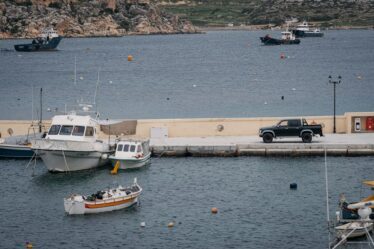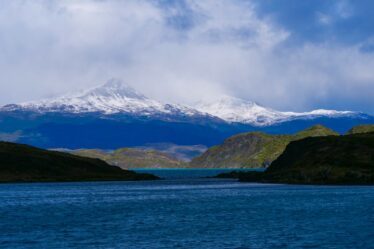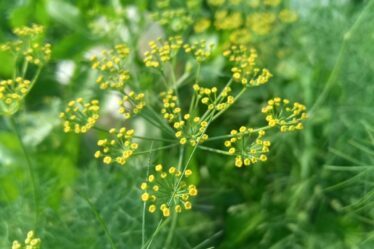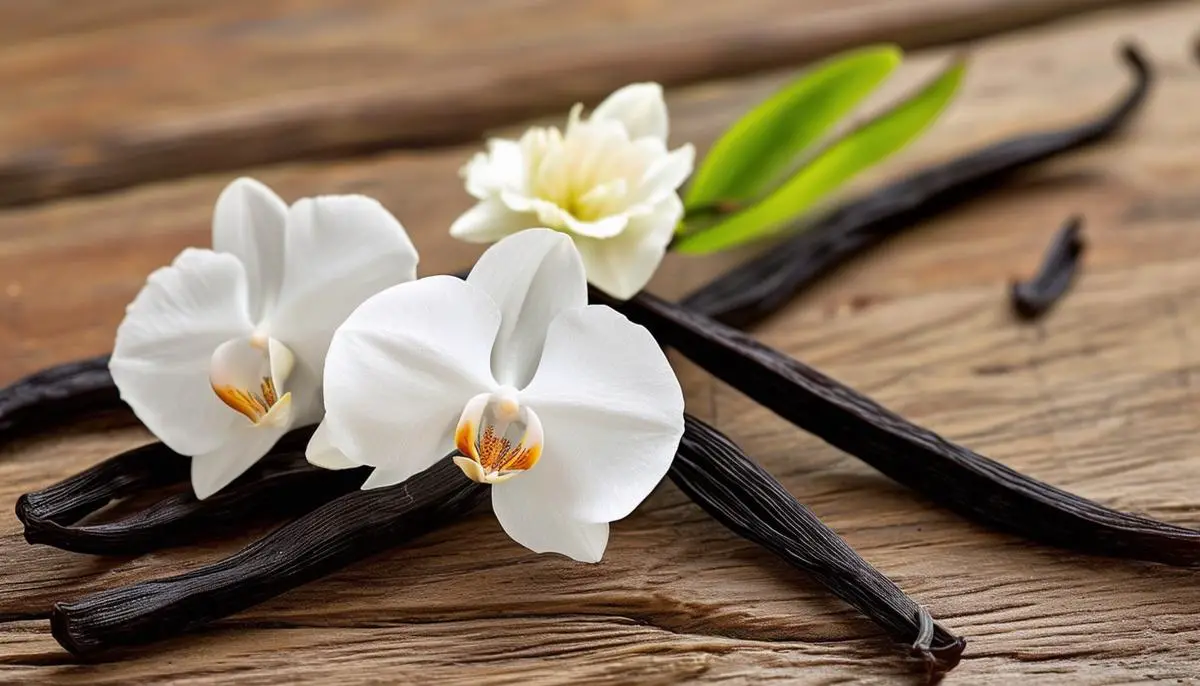
Historical Uses of Vanilla
The Aztecs and Maya were among the earliest civilizations to cherish vanilla, primarily for flavoring a special beverage known as chocolatl, which combined cocoa, vanilla, and spices. This drink was considered a luxury mainly consumed by the nobility and was highly esteemed in these cultures for its rich, aromatic flavor. When the Spanish conqueror Hernán Cortés arrived in the early 16th century, he was introduced to chocolatl, and intrigued by its taste, decided to bring vanilla along with cacao back to Europe.
Once introduced to the European palate, vanilla quickly transitioned from an exotic spice to a coveted ingredient in high society's kitchens. Vanilla flavored beverages and desserts became a symbol of wealth and sophistication at the royal courts of Europe, especially after being introduced by Queen Elizabeth I's apothecary, Hugh Morgan, who suggested using vanilla on its own for flavoring, which was a novel idea at the time.
By the 17th and 18th centuries, vanilla began appearing in a variety of forms beyond just beverages. It was infused in chocolates, used to enhance the aromas of tobacco products, and mixed into perfumes. This blossoming demand positioned vanilla as a valuable commodity in international trade. Its cultivation spread across colonial outposts in the tropics, particularly after a method for hand-pollination was developed by Edmond Albius in Réunion, making it possible to grow and cultivate vanilla outside its native habitat of Mexico.
This broadened cultivation fueled its emergence as a staple in both culinary and non-culinary contexts, enhancing various dishes and products with its distinct and beloved flavor. Vanilla's journey from sacred use in ancient civilizations to a daily delight in modern kitchens underscores its profound impact on both cultural traditions and global economies throughout history.
Vanilla Cultivation and Processing
Vanilla cultivation is a labor of love that transcends simple farming—an art form demanding precision and patience. This delicate process starts with the growth of Vanilla planifolia, an orchid native to the tropics, and its success heavily relies on environmental and human factors. Only under the right conditions do these climbing vines yield the coveted vanilla pods cherished globally.
Key to the cultivation is the pollination process. Unlike typical crops, vanilla bears a unique challenge: its flowers must be hand-pollinated. In the mid-19th century, Edmond Albius, a young enslaved boy on the island of Réunion, developed a simple yet effective technique to manually pollinate the vanilla orchid, involving the delicate separation of the flower's male and female parts with a thin stick or a spine. This method, carried out meticulously, is done within hours after the flowers bloom—often just one day a year—and involves a swift but gentle touch, ensuring effective pollination without damaging the fragile orchids.
Following successful pollination, each flower begins to develop a pod. Over months, these transform into lengthy green beans which despite their size contain no discernable vanilla scent. It is through the intricate and labor-intensive curing process that the unremarkable green pods metamorphose into the aromatic vanilla beans valued in kitchens and industry.
The magic begins with blanching, where beans are subjected to temperatures of approximately 65⁰C (149⁰F) for around three minutes. This heat treatment halts their vegetative growth, preparing them for subsequent stages; sweating and drying. Initially encased in woolen blankets or boxed in sweatboxes, the beans undergo several days of sweating, which helps develop their brown color and aromatic qualities. The precise art of curing is maintained through alternate exposure to sun and shade—a meticulous process lasting several weeks where beans are laid out in the sun throughout the day and rolled up in cloths at night.
As beans undergo these rhythmic cycles of heating and cooling, they slowly start to exhibit deep, rich flavors and scents—a mosaic of aromatic complexities forming through laborious care.
The final touch in this exhaustive process involves conditioning; cured beans are stored in closed boxes for several more months to cultivate their ultimate bouquet of flavors. Throughout this period, careful monitoring ensures that the beans retain just the right moisture content.
This extensive endeavor—from cultivation and precise pollination through to exhaustive curing processes—spotlights why vanilla remains one of the most luxurious spices in the culinary panorama. Its cultivation underscores a commitment to heritage and tradition, delivering a spice that narrates its own saga from each painstakingly nurtured pod.
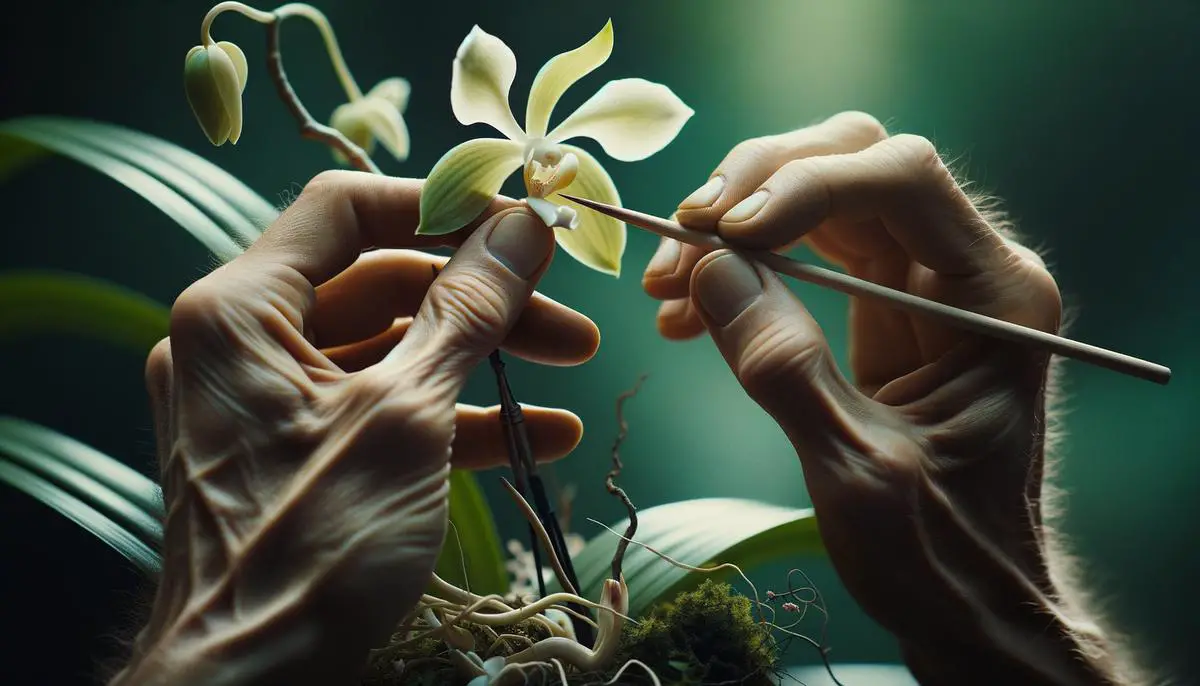
Economic and Environmental Impact of Vanilla
As the global palette has expanded, the demand for natural vanilla has surged, significantly impacting various nations, most notably Madagascar. This island nation is today's leading producer of vanilla, often referred to as 'Green Gold' due to its significant economic value. The impact of this burgeoning demand unfolds a complex story of economic opportunity intertwined with stark challenges.
In Madagascar, the cultivation of vanilla employs a substantial percentage of the rural population. The high global demand equates to considerable income for these farmers which, in theory, should lead to economic prosperity. However, the reality is somewhat different. Vanilla farming is labor-intensive, requiring meticulous care at various cultivation steps, yet sudden market fluctuations can create economic instability. When prices soar, as they have due to high demand and supply concerns from cyclones and theft, it benefits the local economy temporarily. Yet when the market crashes, farmers are left vulnerable, leading to cycles of boom and bust that are hard to manage. This volatile market can lead to issues including overproduction or emergency sales at lower prices, impacting the overall economic stability of growers.
The environmental impact of vanilla cultivation arises from various factors including the deforestation associated with expanding vanilla plantations. Farmers often clear more land than necessary in hopes of increasing yield—a practice exacerbated when vanilla prices are high. This deforestation contributes to loss of biodiversity and erosion, which can lead to longer-term agricultural issues, undermining soil health and water sources in those regions.
Moreover, as natural habitats are disrupted for vanilla cultivation, local flora and fauna suffer, shifting the ecological balance. This might also alter localized climate conditions over time, affecting not only the other crops but risking the principles of sustainable agriculture in these regions.
In contrast, synthetic vanillin does not rely on agricultural cultivation and has emerged as an economical and environmentally less intrusive alternative. Produced chemically from petrochemicals or derived from lignin, a byproduct of the paper industry, synthetic vanillin has a significantly smaller direct environmental footprint compared to its natural counterpart, as it avoids extensive land use and water supplies. Economic implications for synthetic vanillin have successfully driven down its production costs, presenting an alternative that does not fluctuate as wildly as the natural vanilla market.
However, the shift to synthetic vanillin can have harsh economic ramifications for farmers who rely on natural vanilla production for their livelihoods. Regions heavily dependent on natural vanilla face potential economic upheaval as synthetic substitutes diminish the demand for natural vanilla. It is a challenging balancing act—welcoming innovations that contribute less to planetary stress while ensuring that growers are not catastrophically impacted.
For a more holistic sustainability approach, investing in local research on sustainable vanilla cultivations such as advanced agronomic practices, biodiversity conservation linked with sustainable yield improvements could be essential. Diversifying crop reliance within agricultural economies could also negate some risks associated with market volatility from dependency on a single commodity like vanilla.
Furthermore, developments involving eco-conscious methodologies in synthetic vanillin production promising a substantial reduction in ecological footprints represent a positive stride forward. There's also potential for greater dialogue between nations like Madagascar and international economic structures about stabilizing vanilla pricing and establishing more robust domestic infrastructures to buffer against market vicissitudes.
The dual navigation of boosting economies and safeguarding environments continues as the demand for both forms of vanilla evolves—a nuanced challenge at the intersection of conservation, innovation, entrepreneurship, and policy.
- Havkin-Frenkel D, Belanger F. Handbook of Vanilla Science and Technology. 2nd ed. Wiley; 2018.
- Osada K. Vanilla Pollination Method. US Patent 6,365,181 B1. April 2, 2002.
- Osterwalder K, Hüsler F, Maetzke F, et al. Economic and environmental impacts of vanilla sustainability interventions in Madagascar. Sustain Sci. 2021;16(2):463-475.

